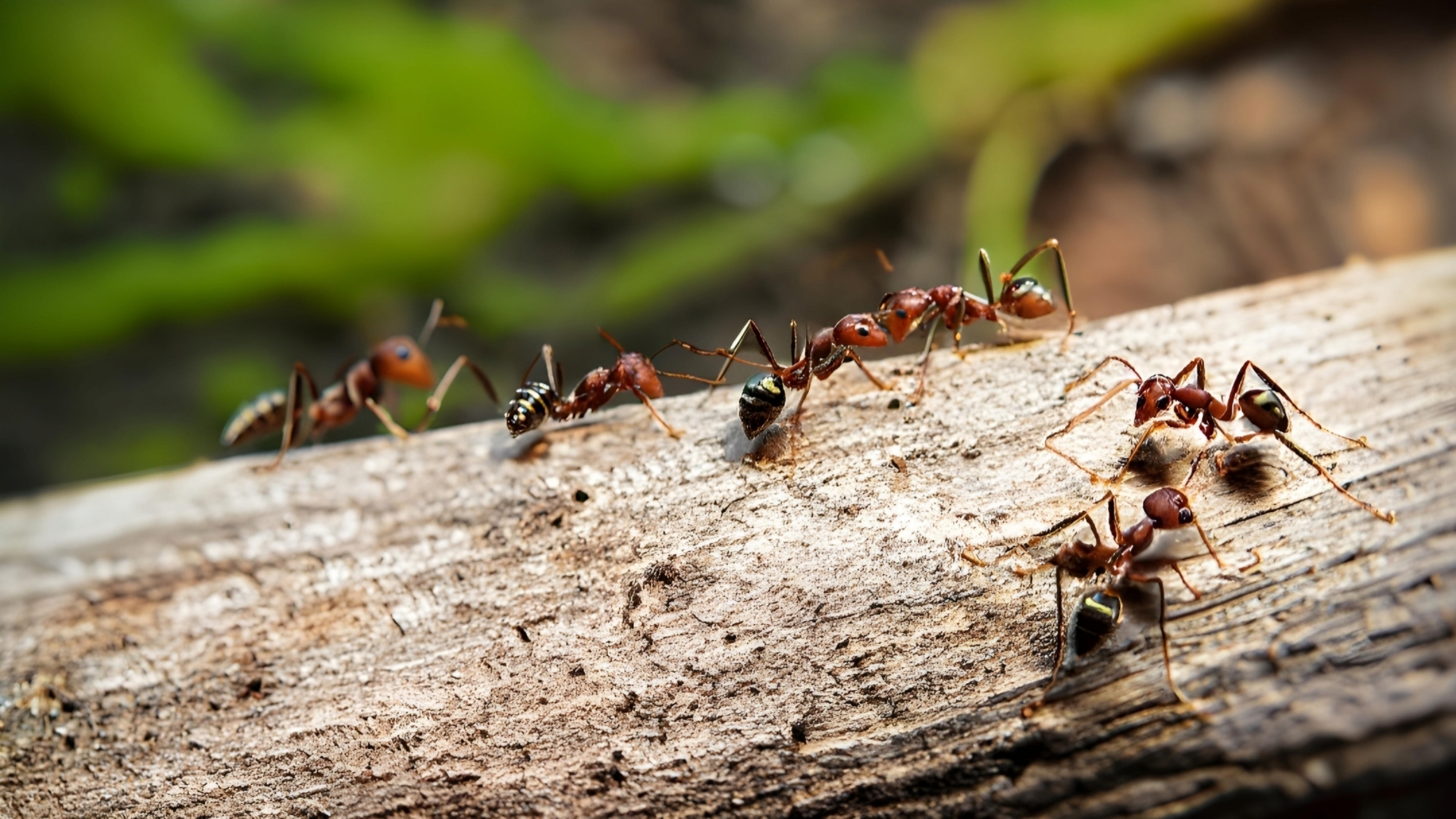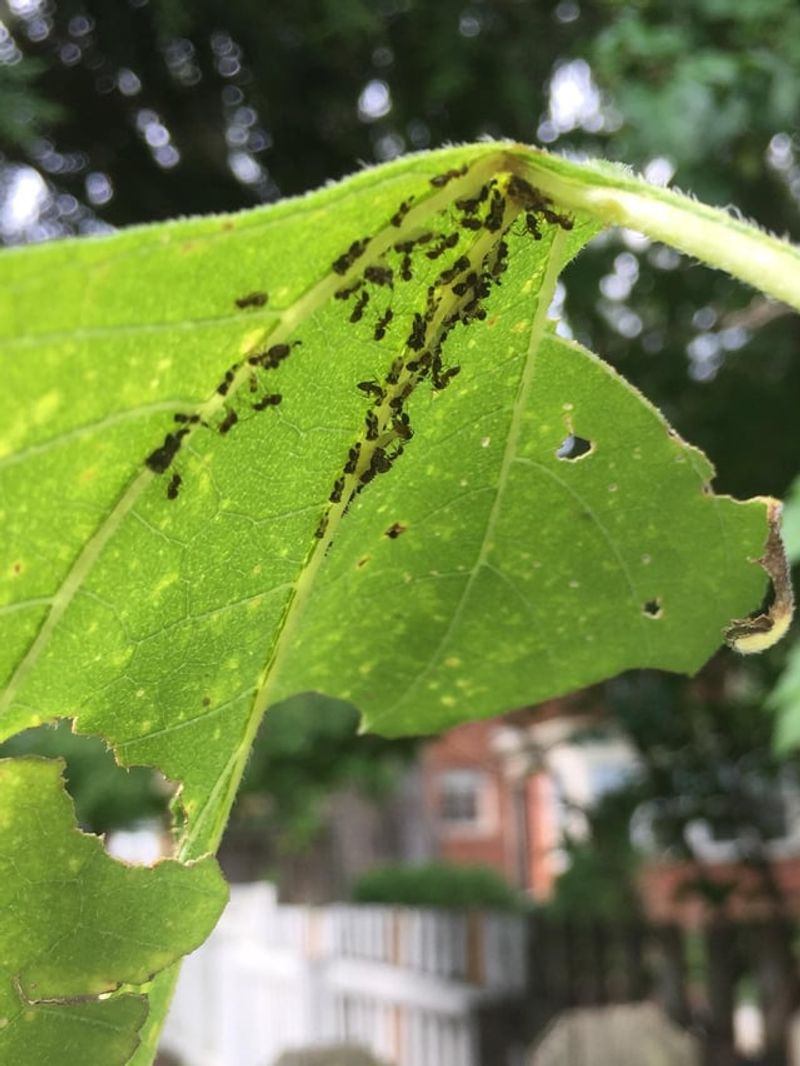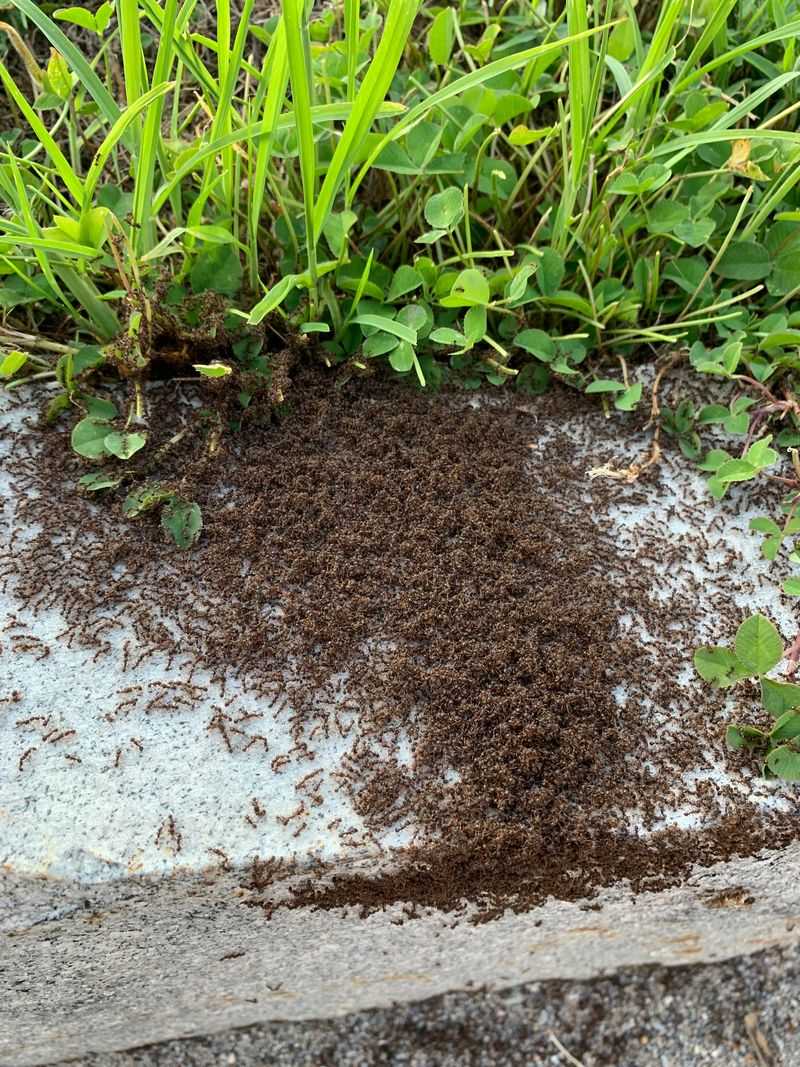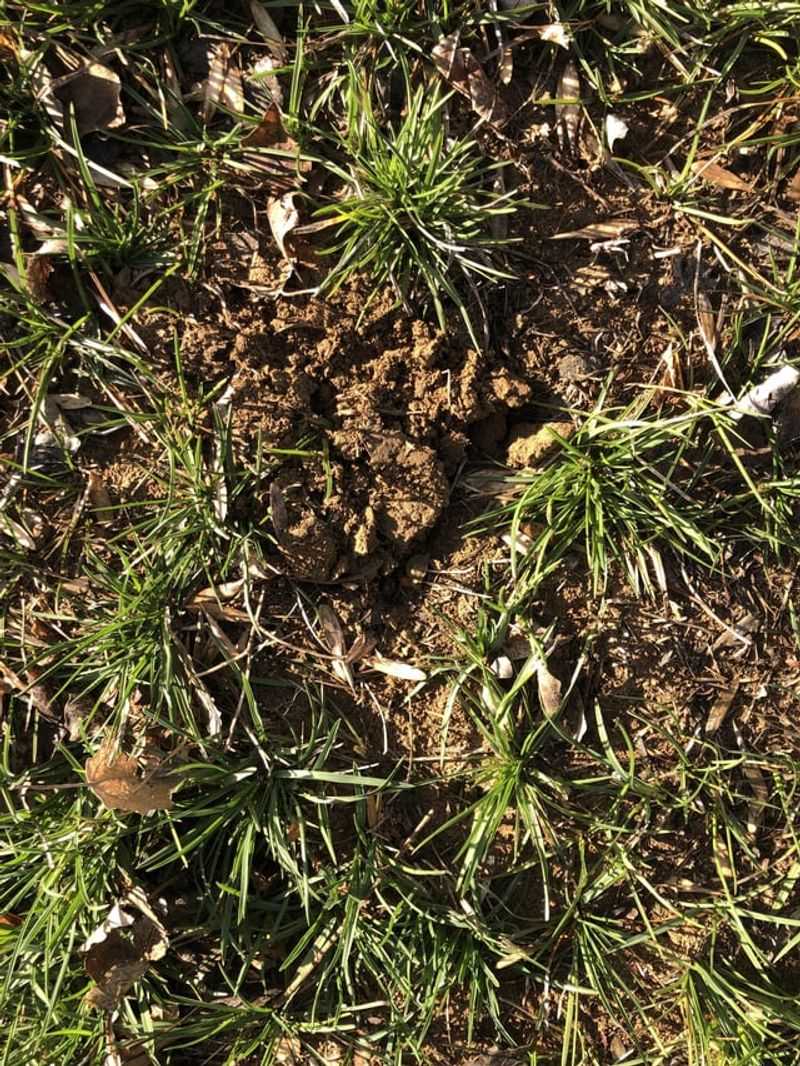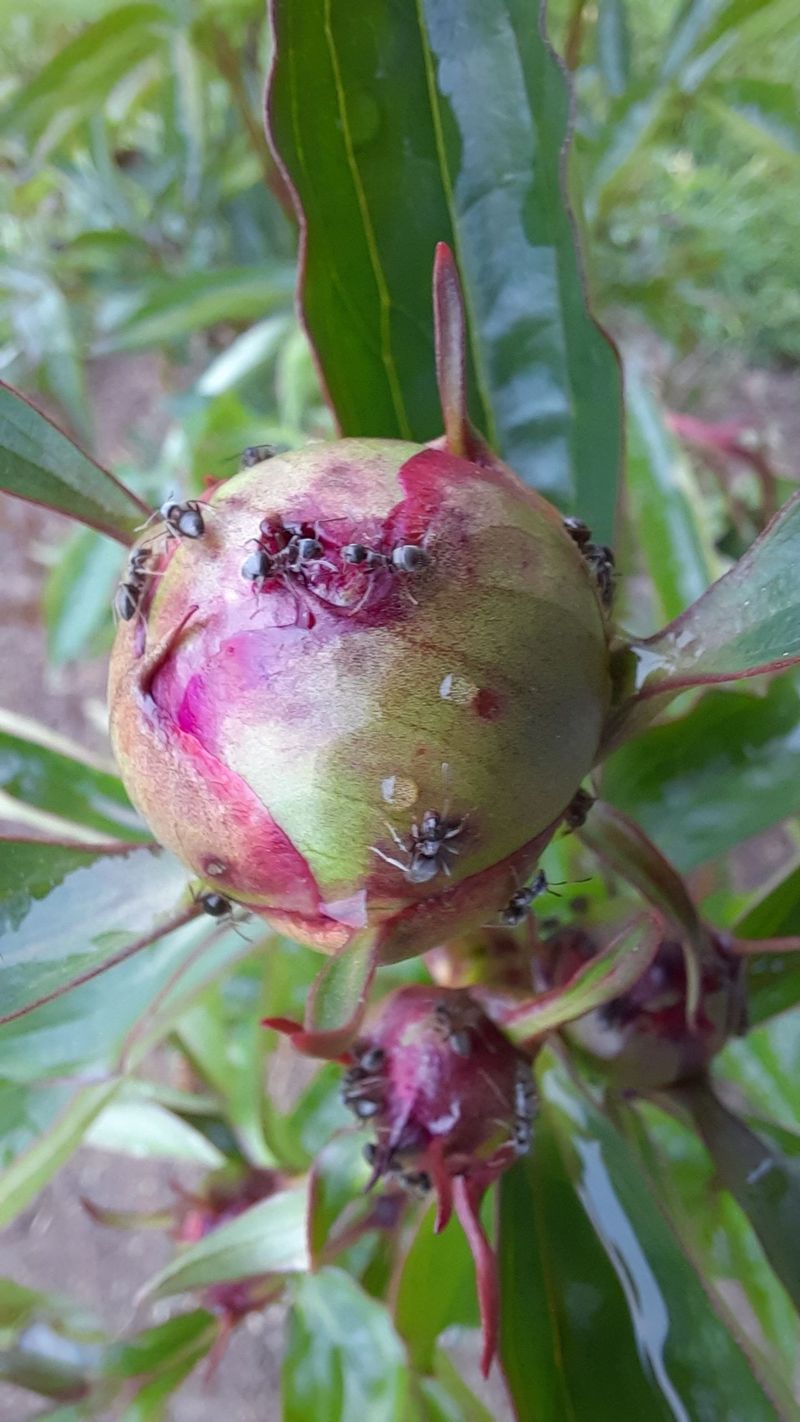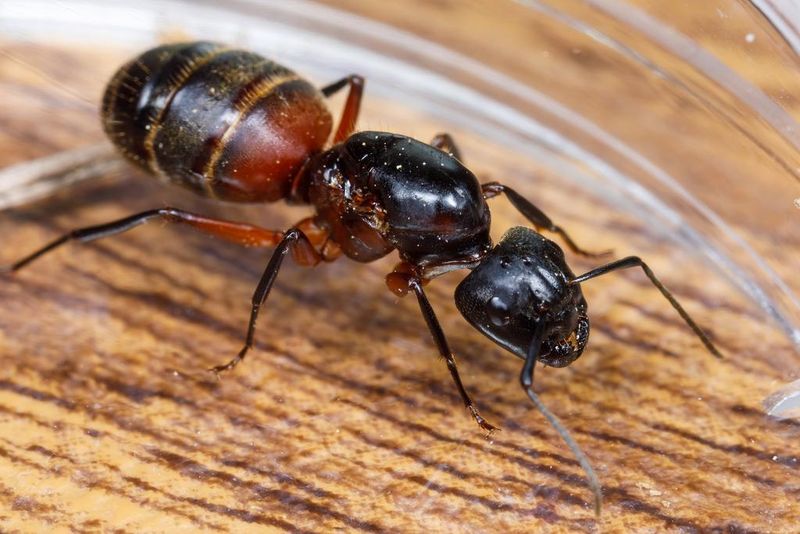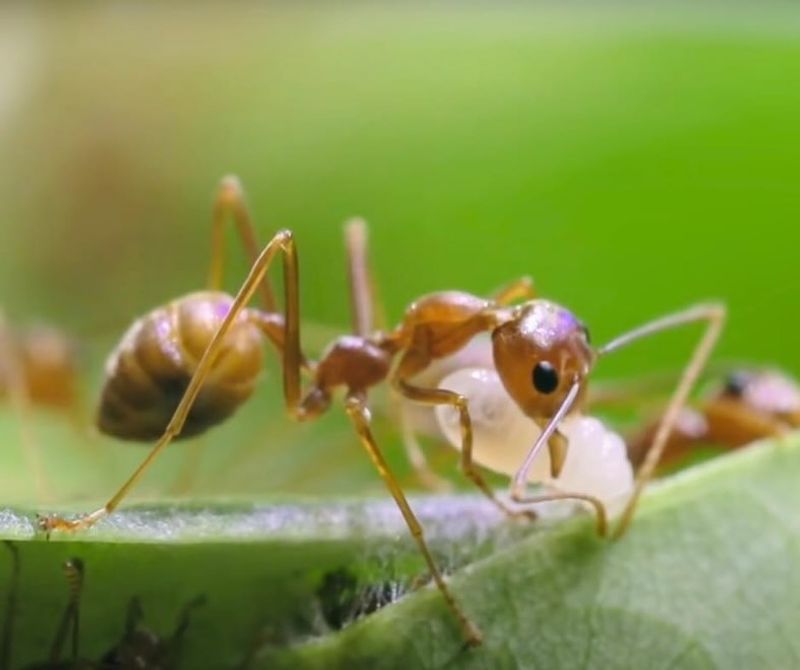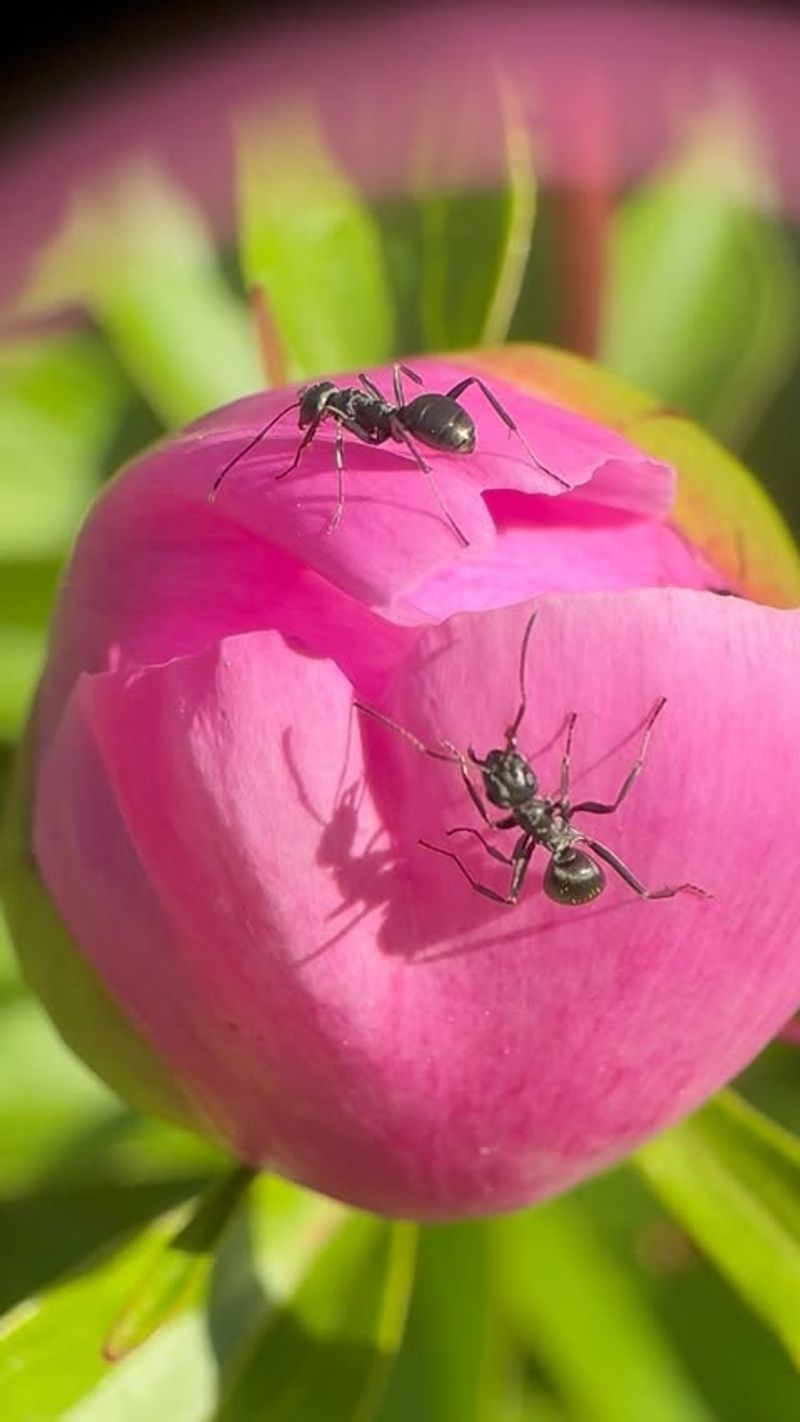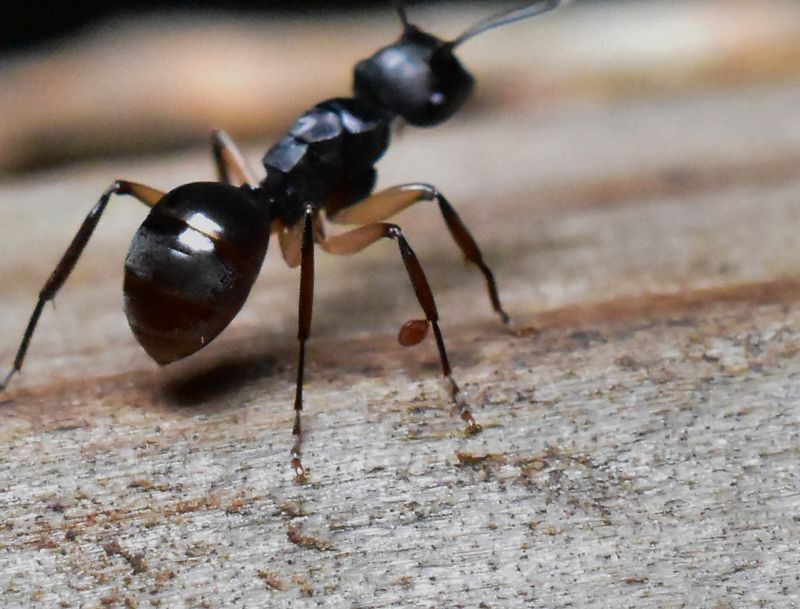Ants might seem like tiny nuisances, but they’re doing more behind the scenes than you’d think. I used to go after every trail I saw—until I noticed how they were actually helping keep things balanced in my yard.
They clean up scraps, aerate the soil, and even keep other pests in check. Sure, they can be a little too enthusiastic sometimes, but not all ants are bad news.
Before you bring out the sprays, it’s worth seeing the bigger picture.
1. Natural Soil Aerators
Those tiny tunnels ants create actually help loosen compacted soil, allowing more oxygen and water to reach plant roots. Their constant digging creates pathways similar to what earthworms provide, but on a smaller scale.
Gardens with moderate ant populations often show improved plant growth thanks to this natural aeration process. The next time you spot ant hills in your yard, remember they’re providing free landscaping services!
2. Seed Dispersers Extraordinaire
Many plant species rely on ants to spread their seeds in a fascinating process called myrmecochory. Certain seeds have special attachments called elaiosomes that ants find irresistible as food. After carrying these seeds to their nests, ants eat the attachments and discard the seeds in nutrient-rich soil.
This relationship has evolved over millions of years and benefits both parties perfectly. Without ant assistance, many wildflowers and forest plants would struggle to propagate!
3. Nature’s Cleanup Crew
Ever wonder what happens to all the tiny bits of organic matter that fall to the ground? Ants serve as miniature waste management specialists, breaking down dead insects, fallen leaves, and food scraps. Their scavenging activities accelerate decomposition processes essential for nutrient cycling.
Without these tiny recyclers, organic waste would accumulate much more slowly. A single ant colony can process remarkable amounts of material, returning valuable nutrients to the soil ecosystem.
4. Pest Population Controllers
Many ant species are voracious predators of common garden pests like caterpillars, termites, and flea beetles. A healthy ant population can significantly reduce these destructive insects without any chemical interventions. Research shows some ant species can even help control ticks and mosquito larvae.
Farmers in some regions actually encourage certain ant species as natural biological control agents. By maintaining balanced ant populations, you’re supporting a free, eco-friendly pest management system.
5. Soil Nutrient Enhancers
Ant nests function as nutrient hotspots in soil ecosystems. These industrious insects collect food from wide areas but concentrate waste in specific chambers, creating nutrient-rich pockets. Scientists have measured significantly higher levels of phosphorus, nitrogen, and potassium near ant colonies.
Plants growing near ant nests often show improved growth due to this natural fertilization. The next time you garden, consider that ants might be your allies in building healthy, nutrient-dense soil.
6. Fascinating Symbiotic Relationships
Some ant species form remarkable partnerships with other organisms. The relationship between ants and aphids is particularly intriguing – ants protect aphids from predators while harvesting the sweet honeydew aphids produce. Other ants cultivate fungus gardens as their primary food source.
These complex interactions teach us about biological cooperation and interdependence. Studying these relationships has led to important scientific discoveries about evolution, communication, and ecosystem dynamics.
7. Indicators of Ecosystem Health
Environmental scientists often use ant populations as bioindicators – their presence, diversity, and behavior can signal ecosystem health or disturbance. Certain sensitive ant species quickly disappear when habitats become polluted or degraded, making them early warning systems for environmental problems.
By observing which ant species inhabit your garden, you might gain insights into your soil quality and overall ecosystem balance. Their presence often indicates a functioning, healthy environment rather than a problem.
8. Food Source for Wildlife
Ants serve as crucial food for countless animals including birds, reptiles, amphibians, and other insects. Many specialized creatures like anteaters and woodpeckers would face starvation without these protein-packed morsels. Even bears supplement their diets with ants during certain seasons.
Eliminating ants disrupts this important food chain connection. Backyard biodiversity depends partly on maintaining these basic food web relationships that have evolved over millions of years.
9. Architectural Marvels
Ant colonies represent some of nature’s most impressive architectural achievements. From simple tunnels to elaborate multi-chambered structures with ventilation systems, temperature regulation, and specialized rooms, their engineering skills are remarkable. Some colonies create living bridges and rafts using their own bodies.
These structures have inspired human engineers and architects seeking sustainable design solutions. Observing ant architecture can provide both educational value and genuine wonder at nature’s complexity.
10. Weed Seed Predators
Many ant species have a particular appetite for weed seeds, making them valuable allies in garden maintenance. Studies show certain ants can remove thousands of weed seeds per square meter annually, significantly reducing unwanted plant competition. Their selective harvesting often targets problematic weeds while leaving desirable plant seeds.
This natural weed control service operates continuously without chemicals or human intervention. Gardeners who work with rather than against ants often notice fewer weed problems over time.
11. Teaching Tools for Children
Ant farms and observable colonies provide incredible educational opportunities for children. Watching ants demonstrates cooperation, division of labor, communication, and problem-solving in accessible ways. Many scientists trace their interest in biology to childhood fascination with ants.
These tiny creatures spark curiosity and offer hands-on learning experiences about ecology and social behavior. Instead of teaching kids to fear insects, observing ants can foster appreciation for the natural world’s complexity.
12. Medicinal and Cultural Significance
Throughout history, various cultures have used ants for medicinal purposes and food. In parts of Asia and South America, certain ant species are still harvested for traditional medicines believed to treat arthritis and other conditions. The formic acid produced by some ants has antibacterial properties.
Indigenous knowledge about ants represents important cultural heritage. Modern researchers continue investigating ant-derived compounds for potential pharmaceutical applications, showing these tiny creatures may still have secrets to share.
13. Carbon Sequestration Contributors
Recent research suggests ants play an underappreciated role in carbon sequestration. Their nest-building activities help incorporate organic carbon deeper into soil layers where it remains stored rather than released into the atmosphere. Some studies indicate ant-modified soils can store significantly more carbon than ant-free areas.
In our climate-conscious world, even small carbon storage contributions matter. These humble insects might be silent partners in mitigating climate change effects.
14. Natural Alternatives to Chemical Control
Before reaching for toxic pesticides, consider that most ant species are actually beneficial or harmless outdoors. For problematic indoor invasions, numerous effective natural deterrents exist, including vinegar, cinnamon, coffee grounds, and diatomaceous earth. These solutions redirect rather than poison ant populations.
Chemical ant killers often harm beneficial insects and can contaminate water supplies. Working with nature’s boundaries rather than declaring chemical warfare preserves ecological balance while still protecting your home.
15. Pollination Assistants
While not as famous as bees, certain ant species contribute to plant pollination, especially in desert and alpine environments where other pollinators are scarce. Their constant movement between flowers transfers pollen effectively for some plant species that have co-evolved with ants.
In greenhouse settings, ants sometimes supplement pollination for crops. This lesser-known ecological service highlights how even seemingly insignificant creatures play multiple roles in nature’s complex web.
16. Biological Control of Fungal Diseases
Some ant species have evolved remarkable abilities to control harmful fungi in their environment. They produce antimicrobial compounds and actively remove fungal spores that might otherwise cause plant diseases. Gardeners sometimes notice reduced fungal problems in areas with healthy ant populations.
Scientists are studying these natural antifungal compounds for potential agricultural applications. Working with rather than against these tiny ecosystem engineers might provide sustainable solutions to plant disease challenges.

